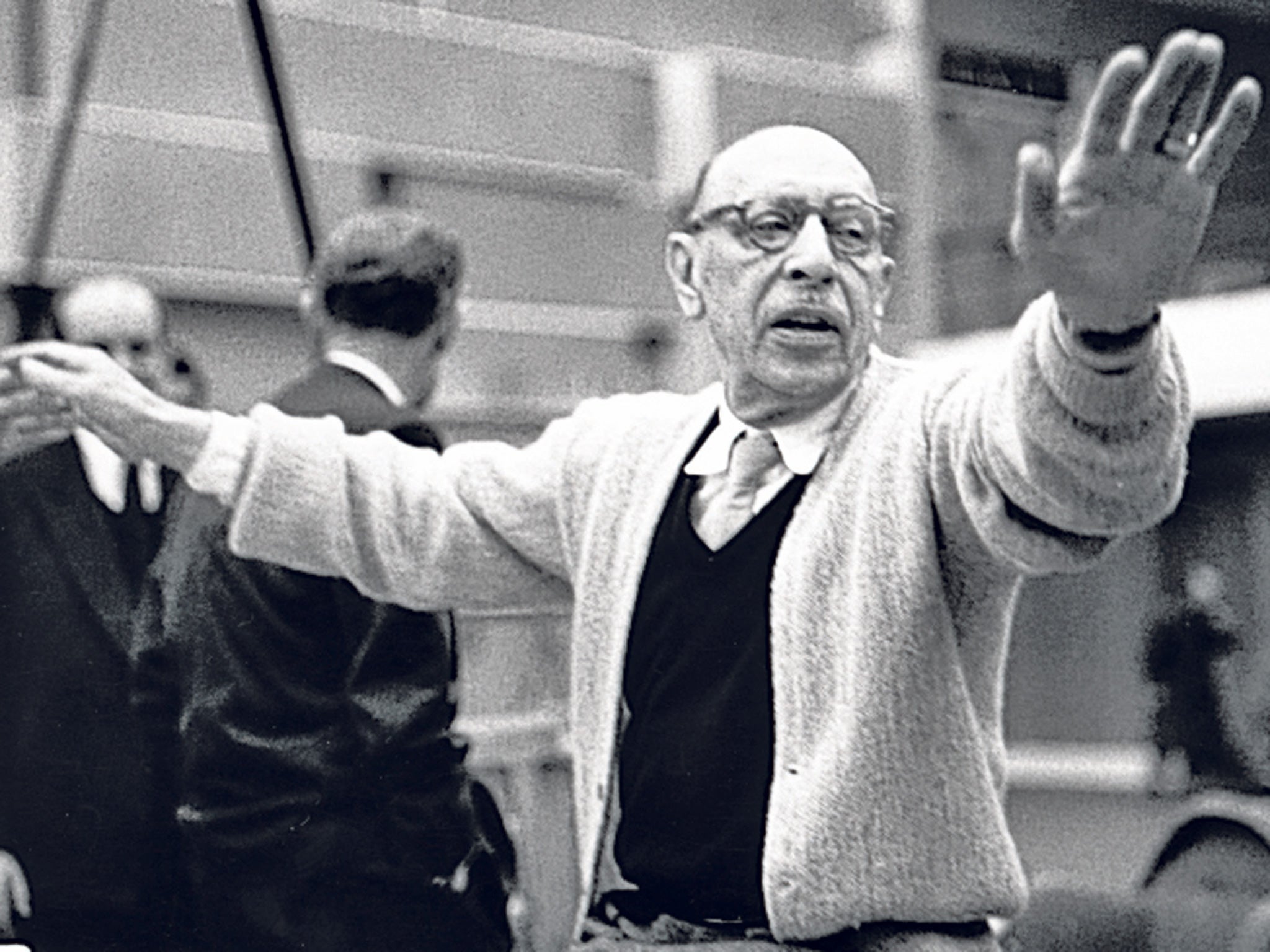The Rite of Spring: Happy birthday to music's most famous flop
Century-old Rite of Spring couldn't be more popular – now

Your support helps us to tell the story
From reproductive rights to climate change to Big Tech, The Independent is on the ground when the story is developing. Whether it's investigating the financials of Elon Musk's pro-Trump PAC or producing our latest documentary, 'The A Word', which shines a light on the American women fighting for reproductive rights, we know how important it is to parse out the facts from the messaging.
At such a critical moment in US history, we need reporters on the ground. Your donation allows us to keep sending journalists to speak to both sides of the story.
The Independent is trusted by Americans across the entire political spectrum. And unlike many other quality news outlets, we choose not to lock Americans out of our reporting and analysis with paywalls. We believe quality journalism should be available to everyone, paid for by those who can afford it.
Your support makes all the difference.It was probably the most cataclysmic moment in the history of music. On 29 May 1913, the curtain rose at Paris's Théâtre des Champs-Élysées on the new ballet Le sacre du Printemps (The Rite of Spring), choreographed by Vaslav Nijinsky to a score by Igor Stravinsky.
Then the place was in uproar. This event set the music of the 20th century in motion as surely as the shooting of Archduke Franz Ferdinand 13 months later heralded a terrifying new age in warfare, politics and society.
Speaking recently at the first night of the Southbank Centre's year-long festival of 20th and 21st century music, The Rest Is Noise, the artistic director Jude Kelly termed this era "the age of violence". And in 1913 The Rite of Spring was indubitably the most violent music the world had heard. Harmony is slashed, cubic, multi-layered. Often the orchestra effectively plays in two keys at once. Melody, when it is present at all, is fragmentary, suggesting the ambience and contours of folk songs. Rhythm drives the whole thing, but those rhythms are anything but predictable, throwing the listener about like a runaway train.
Stravinsky sets up a pattern only to shatter it. It has been suggested the work contains "a touch of sadism".
The ballet's story is indeed cruel. An imaginary ancient tribe sacrifices a young virgin to propitiate the god of spring. We are hapless witnesses as the chosen maiden is selected, glorified, then forced to dance herself to death. It is a gut-wrenching idea that could seem almost to tap into a primitive bloodlust. Whether that was deliberate on Stravinsky's part, or Nijinsky's, is something we'll probably never know.
Stravinsky claimed he had the idea for the ballet in a "fleeting vision". But someone else needs to receive more credit for dreaming up the idea: the ballet's designer, the Russian artist and philosopher Nicholas Roerich, who was far more deeply engaged with matters of folklore than the composer himself. Stravinsky's earlier ballets drew on fairy stories and Russian folk music, but the wellsprings of horror that underlie The Rite are never fully present. Stravinsky certainly developed the scenario in collaboration with Roerich, and later the artist was furious to see his crucial role in its creation downgraded while the composer hogged the glory.
Not that there was much of that to be had from the hissing and cat-calling on the first night. The protest broke out shortly after curtain-up. Stravinsky fled the auditorium and observed the rest of the performance from backstage: "I have never again been that angry," he recalled. Serge Diaghilev – the impresario behind the Ballets russes de Monte Carlo, responsible for commissioning all concerned – was nevertheless rather satisfied with the outcome. Even then, there was no such thing as bad publicity.
The "riot at The Rite" has been the subject of endless scrutiny. Doubt has been cast on whether it was a riot at all; noise, yes, but fist-fights, probably not, though about 40 people are said to have been thrown out of the theatre. In all likelihood the disapprobation was directed at Nijinsky's eccentric and ungainly choreography, rather than Stravinsky's efforts.
Today, The Rite of Spring has achieved a popularity that Stravinsky could only have dreamed of on that first night. It is a tribute to him that even after a century in which every traditional parameter of music – tonality, rhythm, melody, sonority – has been subverted or destroyed, this work has lost none of its power. In a year dominated to excess by composers' anniversaries – Wagner, Verdi and Britten – The Rite, only about half an hour long, is enjoying a similar celebration in its own right.
'The Rite of Spring' features as part of The Rest Is Noise at the Royal Festival Hall, London SE1 (0844 875 0073) 16 February
Join our commenting forum
Join thought-provoking conversations, follow other Independent readers and see their replies
Comments